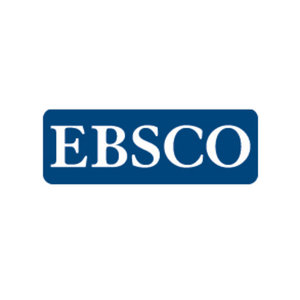Etiology, epidemiology, and management of white rot on onion and garlic: current knowledge and future directions for Brazil
DOI:
https://doi.org/10.15361/1984-5529.2018v46n3p241-256Abstract
Stromatinia cepivora (= Sclerotium cepivorum), causal agent of the white rot, is a major soilborne pathogen that attacks garlic (Allium sativum L.), onion (Allium cepa L.), and other plants of the Alliacea family. The pathogen is difficult to control because it survives as sclerotia for decades in soil. White rot can cause total crop losses when sclerotia levels are high in soil and environmental conditions favorable for disease development. Aspects of the biology and epidemiology of S. cepivora have been investigated extensively worldwide. These studies have provided essential information to develop different control strategies. Currently, white rot management is based primarily on the application of fungicides and biocontrol agents to protect the crop against infection, and the use of natural and synthetic germination stimulants of sclerotia, soil fumigation and solarization to reduce sclerotia density in soils. In Brazil, few studies have been conducted to understand white rot epidemiology and effectiveness of control measures currently available, despite the disease being an economically important in garlic and onion production regions for many years. This review provides updated information on the biology of S. cepivora, and epidemiology and control of white rot to identify important knowledge gaps and future research directions for white rot in Brazil.
Published
How to Cite
Issue
Section
License
The authors, upon submitting the manuscript, agree that if it is accepted for publication, the copyright of the work will automatically be transferred to Científica: Journal of Agricultural Sciences.Opinions and concepts contained in the article and the reliability and accuracy of the information and references presented in it are the sole responsibility of the authors.









